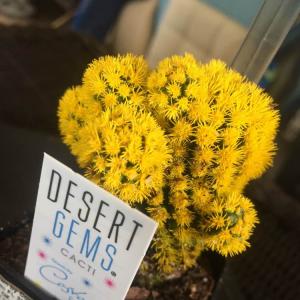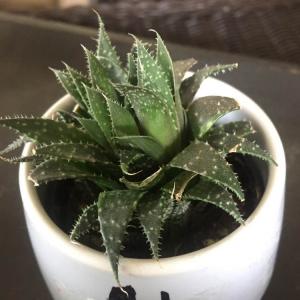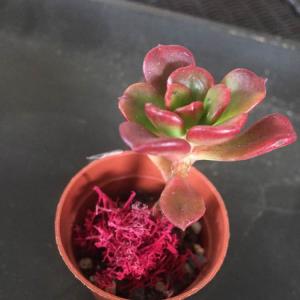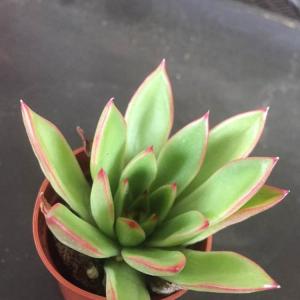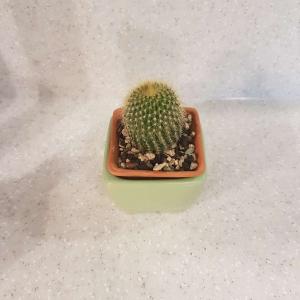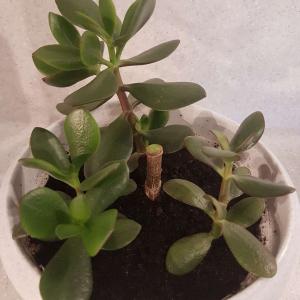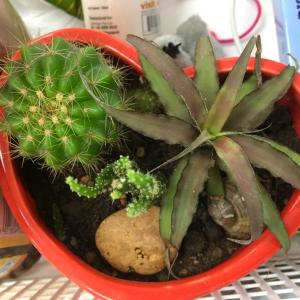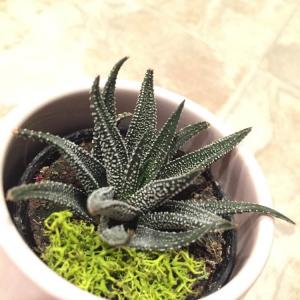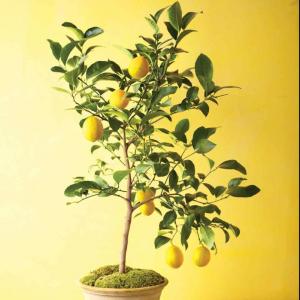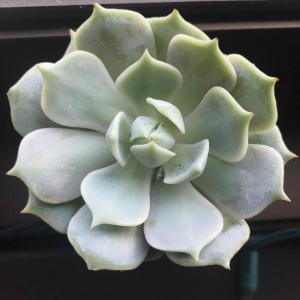成长记
Ryry0521
2017年07月11日

I new added a "What succulent is this?" in my "garden"
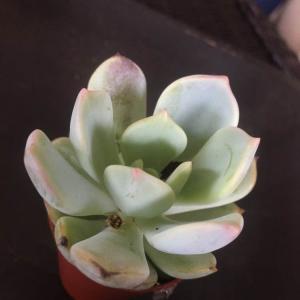

1
0
Ryry0521:Thank you @meriunkat
meriunkat:maybe some kind of graptopetalum
成长记
T L
2017年07月11日

I new added a "Büropflanze" in my "garden"


1
0
meriunkat:I have one of these, the other name is Pachyveria Powder Puff
文章
Dummer. ゛☀
2017年07月11日

Family - Cornaceae
Stems - Woody, multiple from base, to +/-3m tall. New season's growth densely pubescent. Twigs reddish.
Leaves - Opposite, petiolate. Petioles to +1cm long, densely pubescent. Blades broadly elliptic to broadly ovate, abruptly acuter to acuminate, entire, to +/-10cm long, +/-7cm broad, densely pubescent and green above (the pubescence erect to appressed), silvery-green and densely pubescent below.
Inflorescence - Terminal domed cymes, typically as high as broad when mature, to +/-9cm long (tall). Branches of inflorescence densely pubescent. The pubescence typically erect.
Flowers - Petals 4, distinct, +/-4mm long, 2mm broad, glabrous, acute, whitish. Stamens 4, alternating with petals, erect, exserted. Filaments to 4mm long, whitish, glabrous. Anthers yellowish, 1.1mm long. Style glabrous, whitish, 2.2mm long. Stigma capitate. Ovary inferior, 2-locular. Calyx tube pubescent, creamy white, 2mm long, 1.8mm in diameter, with 4 minute lobes. Lobes to .4mm long, acute.
Fruits - White, globose, 5-6mm in diameter, on red stalks.
Flowering - May - July.
Habitat - Moist ground, prairie borders, thickets, slopes, roadsides, sometimes cultivated.
Origin - Native to U.S.
Other info. - This plant produces many suckers and will form dense colonies if conditions are right. It flowers earlier than most other Cornus in the state.
Stems - Woody, multiple from base, to +/-3m tall. New season's growth densely pubescent. Twigs reddish.
Leaves - Opposite, petiolate. Petioles to +1cm long, densely pubescent. Blades broadly elliptic to broadly ovate, abruptly acuter to acuminate, entire, to +/-10cm long, +/-7cm broad, densely pubescent and green above (the pubescence erect to appressed), silvery-green and densely pubescent below.
Inflorescence - Terminal domed cymes, typically as high as broad when mature, to +/-9cm long (tall). Branches of inflorescence densely pubescent. The pubescence typically erect.
Flowers - Petals 4, distinct, +/-4mm long, 2mm broad, glabrous, acute, whitish. Stamens 4, alternating with petals, erect, exserted. Filaments to 4mm long, whitish, glabrous. Anthers yellowish, 1.1mm long. Style glabrous, whitish, 2.2mm long. Stigma capitate. Ovary inferior, 2-locular. Calyx tube pubescent, creamy white, 2mm long, 1.8mm in diameter, with 4 minute lobes. Lobes to .4mm long, acute.

Fruits - White, globose, 5-6mm in diameter, on red stalks.

Flowering - May - July.
Habitat - Moist ground, prairie borders, thickets, slopes, roadsides, sometimes cultivated.
Origin - Native to U.S.
Other info. - This plant produces many suckers and will form dense colonies if conditions are right. It flowers earlier than most other Cornus in the state.
0
0
文章
Dummer. ゛☀
2017年07月11日

Family - Cornaceae
Stems - To +4m tall, erect, woody, single or multiple from the base. Twigs reddish-brown, terete, with many small malpighian hairs. New seasons growth green, with many malpighian hairs.
Leaves - Opposite, petiolate. Blades simple, oblong-elliptic to elliptic-ovate, entire, acuminate, to +10cm long, +/-5cm broad, slightly scabrous and dark green adaxially with strigose pubescence, soft and gray-green abaxially with erect pubescence.
Inflorescence - Axillary pedunculate corymbiform cyme on the new seasons growth, to +/-8cm broad. Peduncle to +/-4cm long, scabrous, with appressed whitish and reddish hairs. Pedicels .5 to 1.5mm long, appressed pubescent.
Flowers - Corolla white, 4-lobed, to 8mm broad, glabrous internally, appressed pubescent externally. Corolla lobes subulate to lanceolate, 3-4mm long, -2mm broad, acute. Corolla tube 2mm long, greenish white. Stamens 4, alternating with the corolla lobes, exserted, erect to spreading. Filaments white, glabrous, 3-4mm long. Anthers yellow, 2mm long. Style 1, erect, 3mm long, white, glabrous, surrounded basally by a thick light-pinkish nectary. Stigma greenish, capitate. Ovary inferior, 2-locular, with 2 ovules. Placentation axile. Calyx lobes 4, minute, alternating with the corolla lobes, to .5mm long, triangular, appressed pubescent externally, glabrous internally.
Flowering - May - June.
Habitat - Dry or rocky woods, thickets, limestone, glades, prairies, bluffs, wet ground along streams, fence rows, roadsides.
Origin - Native to U.S.
Other info. - This showy species of Dogwood can be found throughout Missouri and is quite common. The plant would make a good garden specimen as it requires no care once established. The bunches of white flowers are not that long persistent, however.
C. drummondi is the most common species of Dogwood in the state and it can be identified in the field by its small white flowers, green twigs, scabrous adaxial leaf surfaces, and the erect pubescent abaxial surface of its leaves.
Stems - To +4m tall, erect, woody, single or multiple from the base. Twigs reddish-brown, terete, with many small malpighian hairs. New seasons growth green, with many malpighian hairs.

Leaves - Opposite, petiolate. Blades simple, oblong-elliptic to elliptic-ovate, entire, acuminate, to +10cm long, +/-5cm broad, slightly scabrous and dark green adaxially with strigose pubescence, soft and gray-green abaxially with erect pubescence.

Inflorescence - Axillary pedunculate corymbiform cyme on the new seasons growth, to +/-8cm broad. Peduncle to +/-4cm long, scabrous, with appressed whitish and reddish hairs. Pedicels .5 to 1.5mm long, appressed pubescent.
Flowers - Corolla white, 4-lobed, to 8mm broad, glabrous internally, appressed pubescent externally. Corolla lobes subulate to lanceolate, 3-4mm long, -2mm broad, acute. Corolla tube 2mm long, greenish white. Stamens 4, alternating with the corolla lobes, exserted, erect to spreading. Filaments white, glabrous, 3-4mm long. Anthers yellow, 2mm long. Style 1, erect, 3mm long, white, glabrous, surrounded basally by a thick light-pinkish nectary. Stigma greenish, capitate. Ovary inferior, 2-locular, with 2 ovules. Placentation axile. Calyx lobes 4, minute, alternating with the corolla lobes, to .5mm long, triangular, appressed pubescent externally, glabrous internally.

Flowering - May - June.
Habitat - Dry or rocky woods, thickets, limestone, glades, prairies, bluffs, wet ground along streams, fence rows, roadsides.
Origin - Native to U.S.
Other info. - This showy species of Dogwood can be found throughout Missouri and is quite common. The plant would make a good garden specimen as it requires no care once established. The bunches of white flowers are not that long persistent, however.
C. drummondi is the most common species of Dogwood in the state and it can be identified in the field by its small white flowers, green twigs, scabrous adaxial leaf surfaces, and the erect pubescent abaxial surface of its leaves.
0
0


